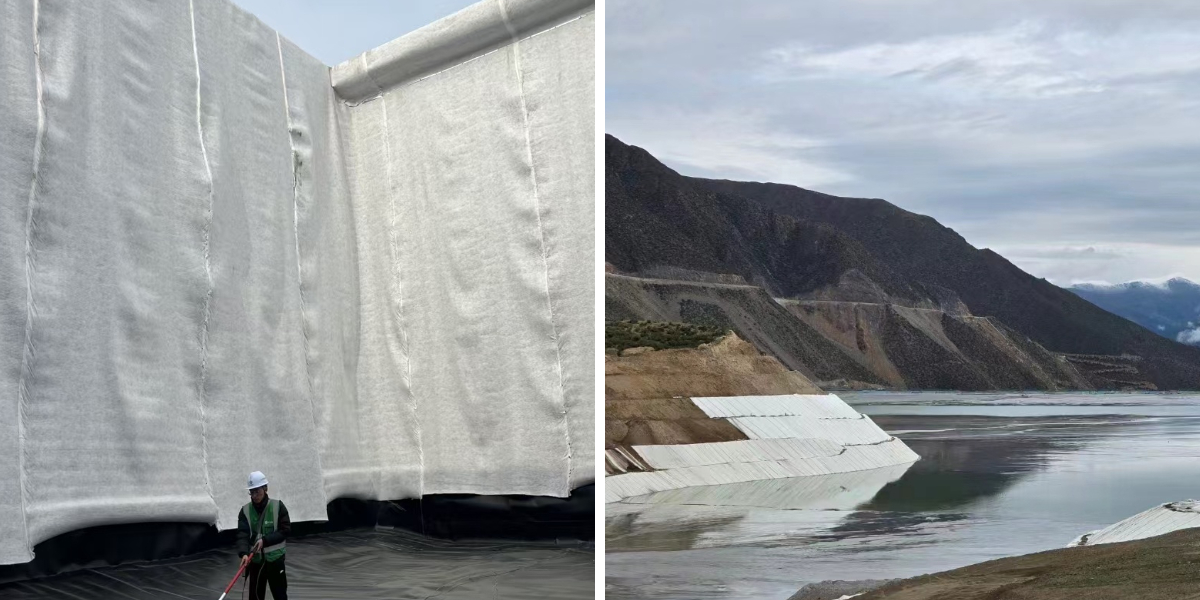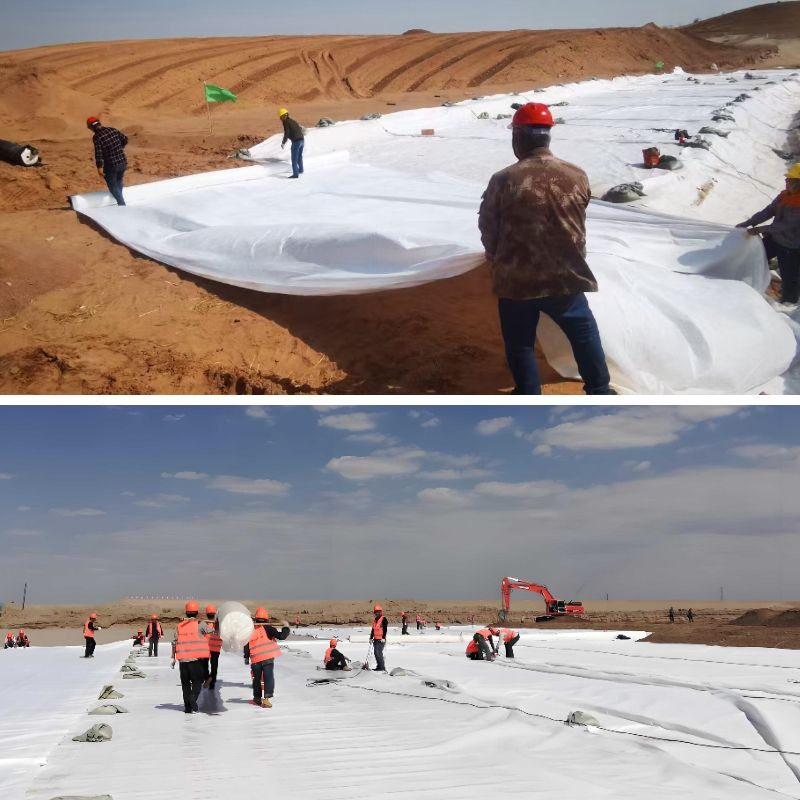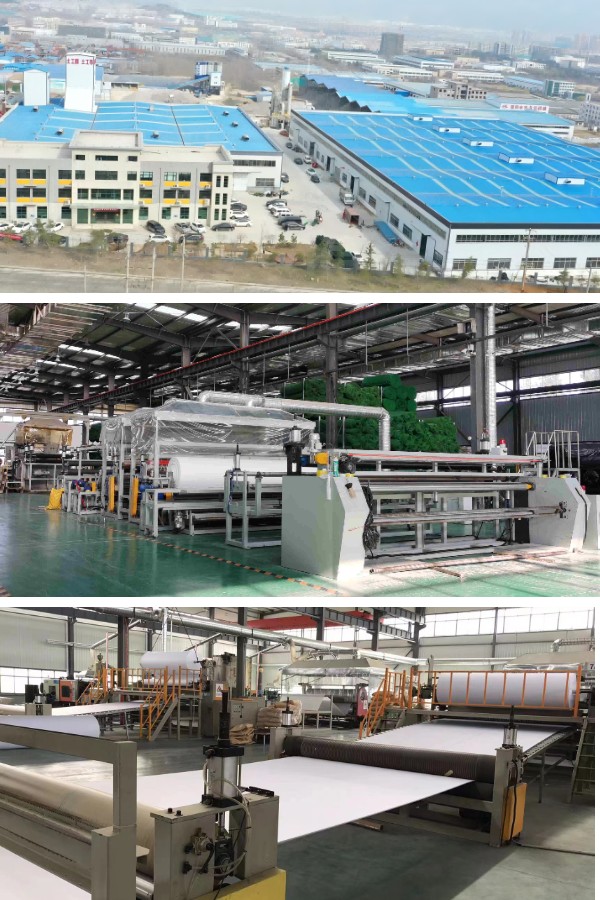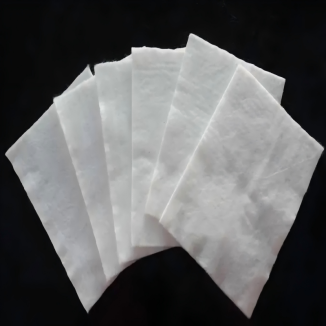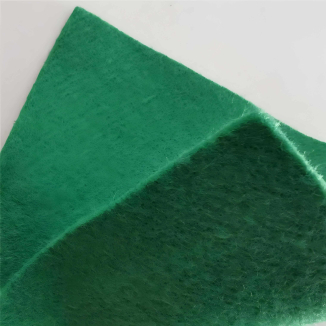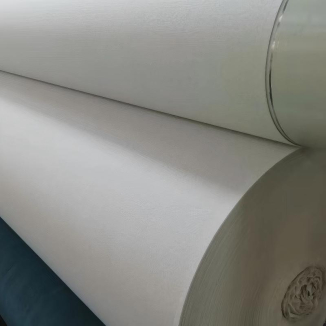Geotextile Cloth for Slope Stabilization: Preventing Soil Erosion in Steep Areas
Steep slopes—whether in motorway construction, mining sites, or residential developments—are notably prone to soil erosion. Factors like heavy rainfall, wind, and human undertaking can rapidly strip away topsoil, main to landslides, infrastructure damage, and ecological harm. Traditional erosion manage methods, such as concrete preserving partitions or gravel blankets, regularly fall short: they’re costly, rigid, and can disrupt neighborhood ecosystems. That’s the place geotextile fabric comes in. As a flexible, eco-friendly solution, geotextile slope safety redefines how we impervious steep areas, mixing sturdiness with environmental responsibility. Below, we discover 4 key methods geotextile prevents soil erosion and enhances slope stability.
1. Reinforcement Capabilities: Strengthening Soil Structure Without Compromising Flexibility
One of the important motives geotextile fabric excels at slope stabilization is its terrific reinforcement power. Unlike inflexible substances that crack beneath soil movement, geotextile is designed to distribute stress evenly throughout the slope, strengthening the soil’s inside shape whilst adapting to herbal shifts. This flexibility is vital for steep areas, the place soil growth and contraction (due to temperature or moisture changes) can smash common conserving systems.
Geotextile slope safety works by way of performing as a “bridge” between soil particles. When set up below the slope’s floor or as a pinnacle layer, the fabric’s excessive tensile power resists the downward pull of eroding soil, stopping landslides and floor creep. For example, in dual carriageway embankments—where steep slopes are common—engineers use non-woven geotextile material to support the soil. The cloth traps soil particles while allowing water to drain, decreasing strain buildup that can motive slope failure. Compared to concrete walls, which frequently require enormous excavation and disrupt soil ecosystems, geotextile reinforcement is much less intrusive and continues the slope’s herbal drainage patterns.
This reinforcement additionally extends the slope’s lifespan. By minimizing soil displacement, geotextile reduces the want for conventional repairs or reconstruction—cutting down on building waste and long-term preservation costs. For steep residential hillsides, this ability safer homes and much less danger of erosion-related harm to properties or landscaping.
2. Filtration and Drainage: Reducing Water-Related Erosion Risks
Water is the largest wrongdoer in the back of slope erosion. When heavy rain hits a steep slope, it washes away topsoil, creates ruts, and saturates the ground—weakening soil concord and growing landslide risk. Traditional erosion manipulate strategies regularly fail to tackle drainage, main to water buildup that in addition destabilizes the slope. Geotextile fabric solves this trouble through combining filtration and drainage capabilities, maintaining water shifting except stripping away soil.
Geotextile acts as a filter via permitting water to bypass via whilst trapping soil particles. This prevents pleasant sediment from clogging drainage structures (such as perforated pipes) and ensures that water drains freely from the slope. For instance, in mining reclamation projects—where steep slopes are left prone after excavation—engineers deploy woven geotextile fabric as a drainage layer. The material channels extra water away from the slope, lowering saturation and stopping soil erosion. This now not solely stabilizes the location however additionally protects close by water our bodies from sediment runoff, which can damage aquatic life.
In geotextile slope safety for agricultural terrains, this filtration-drainage combo is equally valuable. Steep farm slopes frequently lose topsoil at some stage in irrigation or rain, lowering crop yields. By laying geotextile material under the soil, farmers can continue nutrient-rich topsoil whilst making sure acceptable drainage—boosting crop fitness and decreasing the want for artificial fertilizers. This mixture of performance makes geotextile a sustainable desire for each industrial and agricultural slope stabilization.
3. Cost-Effective and Easy Installation: Lowering Project Timelines and Expenses
For contractors and challenge managers, value and effectivity are key issues when deciding on slope stabilization solutions. Traditional techniques like concrete partitions or stone masonry require heavy machinery, expert labor, and lengthy set up times—driving up prices and delaying assignment completion. Geotextile fabric addresses these ache factors with its low cost manufacturing and easy set up process, making geotextile slope safety handy for tasks of all sizes.
Geotextile is light-weight and convenient to handle, doing away with the want for giant tools like cranes or excavators. Most geotextile fabric comes in giant rolls that can be unrolled immediately onto the slope, cut to size, and secured with stakes or soil anchors. This reduces labor prices and shortens set up timelines: a crew can cowl a steep toll road slope with geotextile in a fraction of the time it would take to construct a concrete wall. For example, a 1-mile stretch of steep slope stabilization the usage of geotextile can be done in 3–5 days, in contrast to 2–3 weeks for typical methods.
The price financial savings don’t stop at installation. Geotextile requires minimal renovation over its lifespan (which can remaining 10–20 years, relying on the type). Unlike concrete, which cracks and desires patching, or gravel, which washes away, geotextile material resists degradation from UV rays and chemicals—reducing long-term restore expenses. For budget-conscious projects, geotextile provides an unbeatable aggregate of affordability and performance.
4. Eco-Friendly Design: Protecting Local Ecosystems
In an generation of growing environmental awareness, slope stabilization options have to prioritize ecosystem protection. Traditional strategies frequently disrupt herbal habitats: concrete walls block natural world corridors, whilst gravel blankets smother native plants. Geotextile cloth, by means of contrast, is designed to work with nature, making geotextile slope safety a sustainable preference for eco-sensitive areas.
Many geotextile merchandise are made from recycled substances (such as polyester or polypropylene), lowering reliance on virgin sources and diverting waste from landfills. Additionally, geotextile is non-toxic and doesn’t leach hazardous chemical substances into the soil or water—protecting plants, animals, and groundwater. For example, in wetland restoration projects, the place steep slopes border touchy aquatic habitats, engineers use biodegradable geotextile fabric to stabilize the soil. The cloth prevents erosion while permitting native flowers to take root, ultimately breaking down naturally and leaving no hint of human intervention.
Geotextile slope safety additionally helps vegetation growth, which in addition enhances slope stability. When used in aggregate with hydroseeding (spraying grass or plant seeds onto the slope), geotextile material acts as a mulch, conserving moisture and defending seeds from wind and rain. As vegetation grow, their roots intertwine with the geotextile, developing a herbal reinforcement machine that’s greater resilient than any man-made material. This synergy between geotextile and nature ensures long-term slope steadiness whilst keeping neighborhood ecosystems.
Why Geotextile Cloth Is the Go-To Solution for Steep Slope Erosion Control
From reinforcement and drainage to fee financial savings and eco-friendliness, geotextile material affords a holistic strategy to slope stabilization. Its capability to adapt to steep terrain, face up to erosion, and work with herbal ecosystems makes it most fulfilling to regular methods. Whether you’re working on a motorway embankment, a mining site, or a residential hillside, geotextile slope safety can provide dependable consequences besides compromising on sustainability.
For engineers, contractors, and landowners searching to stop soil erosion in steep areas, geotextile isn’t simply a material—it’s an funding in the safety, durability, and environmental fitness of your project. By deciding on geotextile cloth, you’re now not solely securing the slope today however additionally defending it for years to come.
Contact Us
Company Name: Shandong Chuangwei New Materials Co., LTD
Contact Person :Jaden Sylvan
Contact Number :+86 19305485668
WhatsApp:+86 19305485668
Enterprise Email: cggeosynthetics@gmail.com
Enterprise Address: Entrepreneurship Park, Dayue District, Tai 'an City,
Shandong Province


